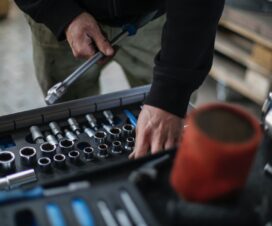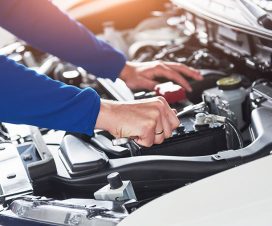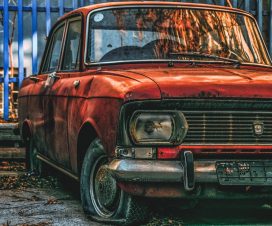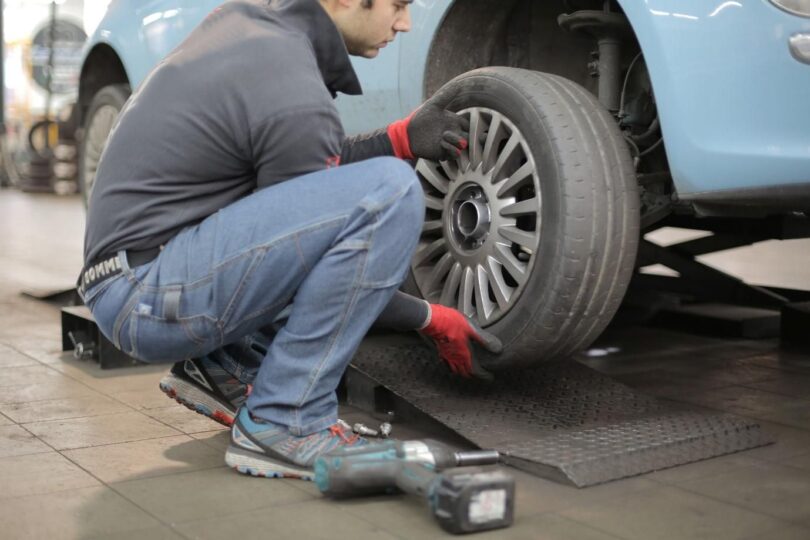 |
We all want to own a car that turns heads and makes us feel good when we drive it. But purchasing the car of your dreams isn’t just about topping up the tank and screeching it around town. You need to make sure your sweet ride remains in top shape and stays with you as a trusted friend for years to come.
All cars, regardless of their make and model, need regular maintenance. Whether you own a luxury car or a basic vehicle, neglecting routine maintenance can lead to breakdowns and costly repairs in the long run. To make the most out of your investment and keep your dashing ride in pristine condition, you need to make sure that every part of your car is working properly and that both the interior and exterior are clean and well-maintained. A well-maintained car will run more smoothly, perform better, and last longer. It will also be safer and more reliable.
If you are new to car ownership, here are some valuable tips and tricks to keep your vehicle in top shape for years to come and ensure that it remains a reliable companion and a performance beast on the road.
Keep an Eye on Your Car’s Battery
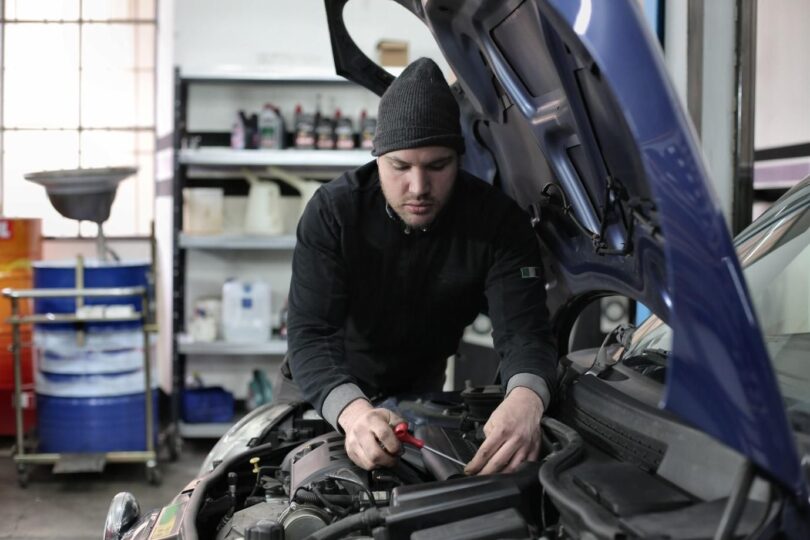
A battery is the lifeline of your car, which needs regular inspection and upkeep. Ignoring this simple aspect of your car maintenance can leave you stranded on the road. In fact, a worn-out or malfunctioning battery is the most common reason why cars break down unexpectedly and simply refuse to start.
Important Tips
- Each battery has a set lifespan stamped on it by the manufacturer. Keep an eye on the battery’s age and timely replace it when it starts to show signs of wear or failure. The early indicators of a low or failing battery could be slow cranking, dimming headlights, or a clicking sound when you try to start the car.
- Your car battery’s life also depends on its quality, electrical load, climate, and driving habits. If you encounter any of these factors, make sure to take timely measures to preserve and increase your battery’s endurance.
- Regularly inspect your car’s battery for signs of corrosion, loose or damaged terminals, and connection issues, and address the problems right away.
- Keep your battery terminals clean and dry. If the terminals have started corroding, use a mixture of water and baking soda to wipe clean the corrosion and then dry it completely.
- If your car has a conventional lead-acid battery with removable caps, check the water level regularly. Pour distilled water (or battery water) into each cell till the marked level. Try not to overfill the cells, as it can affect your battery’s ability to charge and generate electricity.
- Frequent short trips and heavy engines can wear out the car’s battery faster. If you frequently take short trips to work, be sure to take your car on a long trip every once in a while so it can get plenty of time to recharge.
- Make sure to turn off headlights, indicators, dome lights, and any other electrical device before you leave the car. If you leave these devices on for too long, they can quickly drain your battery and render your car incapable of starting.
- In case your car is unable to start, immediately call a towing and recovery service.
Regularly Inspect Tires
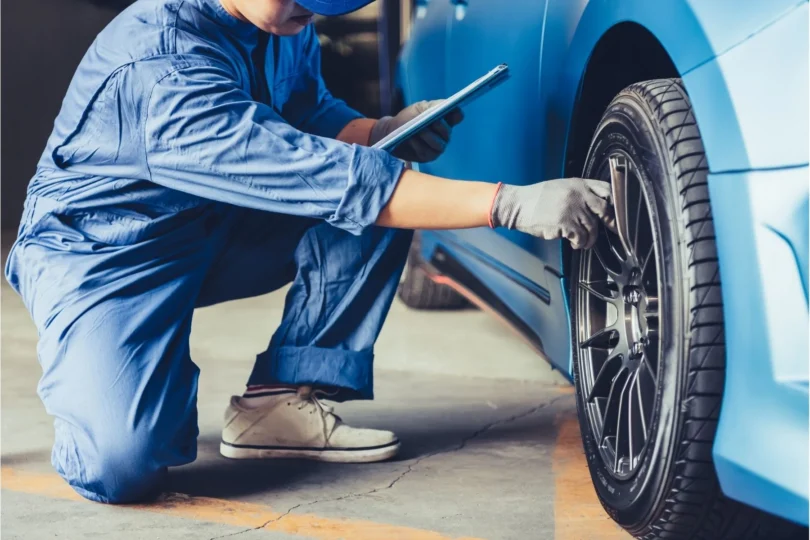
Your car’s tires are not just responsible for a smooth drive. They also keep the car safe from road slips, provide traction in severe weather conditions, and help maintain overall vehicle stability.
Important Tips
- Frequently check the tires’ air pressures and maintain them according to the manufacturer’s recommended limits.
- Be sure to check your tires for any signs of puncture. If your tire loses its pressure within hours of reinflating it or goes noticeably flat, change it with a spare wheel right away.
- Always make sure the spare wheel is free of punctures and inflated to the required pressure at all times.
- Besides these simple maintenance tasks, regularly check your tires’ wear and tear and change them with a new set of tires once you notice the following issues:
- Deterioration or flattening of tire sipes, treads, and grooves.
- Noise when driving.
- Bulges on the tires.
- Hairline or visible cracks on the surface of the tire.
- A loud screeching noise when you press the brakes
Address Wheel Alignment and Balancing Issues Promptly
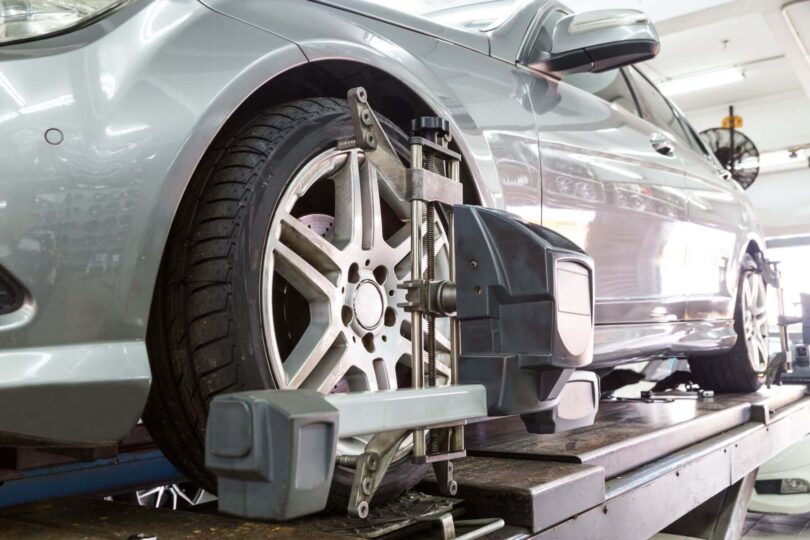
Source: milexcompleteautocare.com
Maintaining a smooth drive isn’t limited to checking your tires’ air pressure and punctures. Your car requires various types of general maintenance related to the wheels, including wheel alignment and balancing.
Important Tips
- Any issues in your car wheel’s alignment and balancing can increase tire wear and tear and even create safety and performance issues.
- If your car’s wheel balancing issues linger for an extended period, it can cause damage to the tires and suspension components and may affect its response to steering input.
- Alignment and balancing issues also force the car to push harder to move, which can affect its fuel efficiency.
- Get your car thoroughly examined during each scheduled visit. A wheel alignment and balancing expert will check the angles of the wheel and its weight balance.
- Besides scheduled visits, consult a certified car repair and maintenance shop if your car has the following alignment and balancing issues:
- Your steering wheel is off-center or misaligned when driving straight on the road.
- There’s a wobbling sensation in the steering wheel or vibration radiating from a particular side of the car, especially at higher speeds.
- A generalized instability or lack of control while driving.
Oil and Filter Change
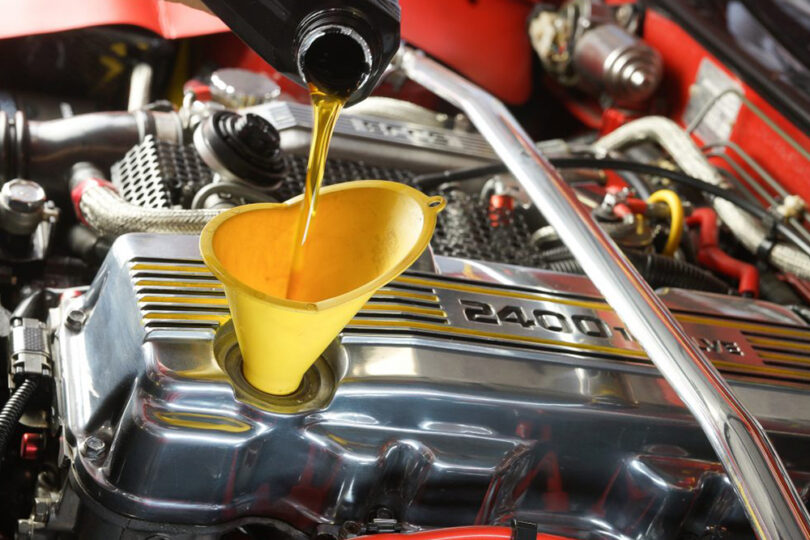
If you want your car to maintain its optimum performance, you must regularly check its fluids and air filters. These fluids include engine oil, brake oil, steering oil (for power steering), transmission fluids, and coolants.
Important Tips
- If your car needs an oil refill, it will indicate a brake oil symbol on the dashboard once you start the engine.
- Your car maintenance shop or manufacturer will provide a complete schedule for annual or biannual assessments and oil or filter changes, so be sure not to miss these crucial visits.
- If your car is used frequently for long routes, the fluids and air filters may need a replacement more frequently.
- Besides scheduled visits, regularly check the color of the engine and transmission oil. If the color is too dark, it may be time to get an oil change.
- Regularly inspect your car for any oil leaks. If you notice any oil stains on the floor where you park your car, you should get your car inspected by a mechanic for possible oil leaks.
Wrapping Up
Your car might be one of the most cherished and valuable assets you have, and keeping it in good condition is essential for your safety and comfort. Besides regular deep cleaning and scheduled maintenance by the manufacturer, follow the above tips to keep your sweet ride in excellent condition and enjoy safe and reliable driving experiences for years to come.

